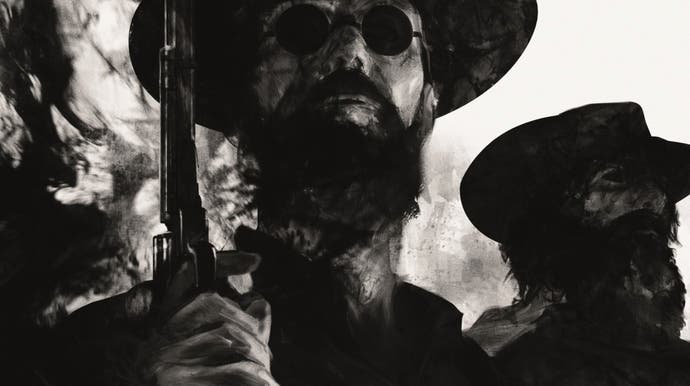The Hunt: Showdown's tech takes survival horror suspense to a new level
Cutting-edge CryEngine visuals create a unique experience.
At its best, rendering technology doesn't just make a game look great and run smoothly, it has an intimate relationship with gameplay - and it's for that reason that Crytek's The Hunt: Showdown is well worth checking out. In this fascinating multiplayer first-person survival horror shooter, CryEngine is used for more than just window dressing. Yes, it looks beautiful and well up to triple-A standards, but the technology is fundamental in creating some of the The Hunt's most impactful moments, as well as establishing its unique atmosphere.
Even the basic set-up of the game is somewhat different, based around the concept of up to five two-player teams battling undead creatures, finding clues to the locations of boss monsters, banishing them and escaping - all the while avoiding or battling the other teams. It's slow-burning, brutal in short bursts and creates a remarkable feeling of suspense. CryEngine beautifully renders dark, oppressive environments fashioned after a turn of the century Louisiana bayou - a bleak and wretched place where the atmosphere is enhanced still further with genuinely disturbing audio. So much of the gameplay is designed around the audiovisual experience, playing with what you can see and hear, and what others see and hear of you. The soundscape alone builds tension in ways far more reminiscent of a single-player game than a multiplayer one. On start-up, the game recommends playing with headphones - and I wholeheartedly agree.
But it's the cutting-edge features of CryEngine that really empower the experience - specifically in how Crytek utilises its state-of-the-art global illumination solution. The sparse voxel octree GI solution allows for light to bounce around environments in real-time, creating secondary shadows and re-lighting areas that are only directly lit. The impact on gameplay is huge: enemies sit perfectly within the environment, blending in seamlessly, the contrast between lit and shadowed areas creating a unique sense of tension - and providing genuinely shocking moments when you realise just how close you are to a deadly zombie. Even when an enemy is effectively right on top of you, sometimes it's actually the audio cues that give away its precise position.
Moving beyond global illumination, the game also makes use of volumetric fog to a great degree, punctuating the dusty and decayed indoor areas, where light shafts illuminate particulate matter in the air - or at night when you can toss out a flare to see ahead you and see shafts of light creeping through the leaves of the trees. Having this kind of an experience in a multiplayer game, where the high-end technology enhances the gameplay in atmospheric way, is rare and deserves praise. And of course, the fact that it is a multiplayer game means that all of these systems can be exploited by human players too - though the telltale audio cues that give away enemy positions apply equally to you too.
The Hunt is essentially built around a high-end utilisation of CryEngine and that's where we need to start talking about system requirements. The lighting systems in particular aren't cheap in terms of GPU resouces, but they're essential to both atmosphere and game balance. The high-end global illumination system is so key to the experience that disabling it with a low quality preset would make it much easier to spot players otherwise hidden in indirect shadow or obscured by beams of light. Stripping back the features wouldn't just make The Hunt look 'worse' but would fundamentally kill the experience. But what this does mean is that The Hunt really needs a decent gaming PC to get the job done.
The end result is clear then - there are just three visual presets, and the only real difference comes down to the internal resolution and fidelity of the game effects. By extension, scalability is fairly limited. On a Ryzen 7 1700X system paired with a GTX 1070 running at 1080p, there was just a 25 per cent increase in performance by dropping from the high to the low setting, and a 10 per cent increase moving from high to medium. Depth of field can be disabled, which doesn't seem to help performance that much, and so beyond that, adjusting the various forms of SMAA anti-aliasing and motion blur are the only vectors for increasing performance still further.
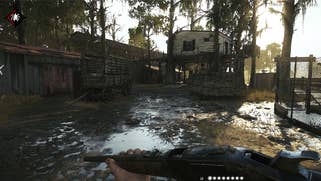
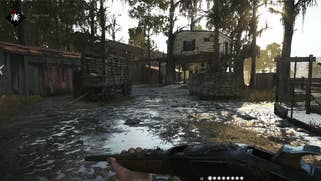
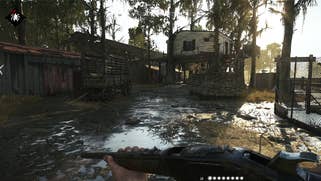


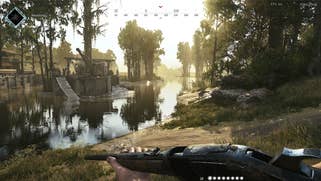

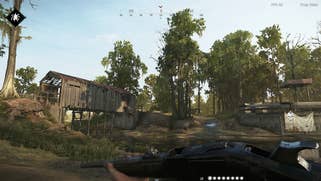
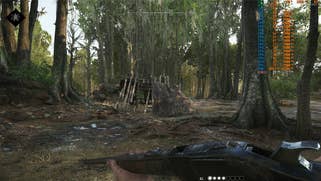
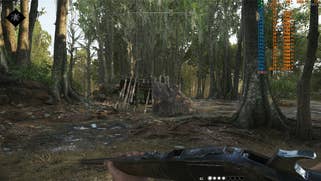
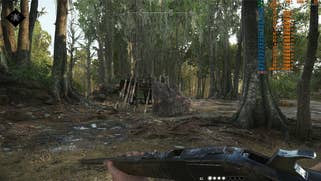

In terms of GPU requirements, Nvidia users do require a GTX 1070 to run this game maxed consistently at 60 frames per second or higher at 1080p, and 1440p60 is only possible on the low quality preset. Moving to more mainstream hardware, the super-popular GTX 1060 can only run at low settings if you're looking to lock to 1080p60. The AMD equivalent RX 580 fares significantly better with similar performance possible at the medium preset. This may well be down to the compute shader reliance in CryEngine's forward plus renderer, and how global illumination also uses GPU compute heavily. Either way, the takeaway is that The Hunt really is a taxing game - it is still in early access so maybe further optimisation and some attention from Nvidia's driver engineers will improve the lie of the land in performance terms.
And the fact that it is still early days hopefully opens the door to more fine-grained tuning as opposed to the three somewhat coarse quality presets we have here. It would be great if users could choose which effects could be dialled down as opposed to having everything chosen for you. Being able to choose between, say, global illumination fidelity without having to compromise level of detail would be very useful.
One thing worth pointing out in The Hunt's favour is its support for 30fps, properly frame-paced when v-sync is active - so many PC titles can't deliver this, but our tests showed a rock-solid consistency just like the best console implementations. Unfortunately, Crytek hasn't implemented joypad support so the utility of that mode is limited - mouse control at 30fps isn't great generally and that's definitely the case here.
As things stand, even in this early access phase, I recommend checking out The Hunt: Showdown. I'm something of a CryEngine fanatic but I have to admit that the multiplayer-only nature of this title did put me off, but the experience Crytek has delivered here is unique and the use of high-end rendering techniques that directly pay off in terms of gameplay is perhaps an example of how next-gen console hardware could make a genuine difference in the games we play. But in the here and now, the cost is clear - to play The Hunt at its best, even at 1080p resolution, a hefty portion of GPU power is required.
